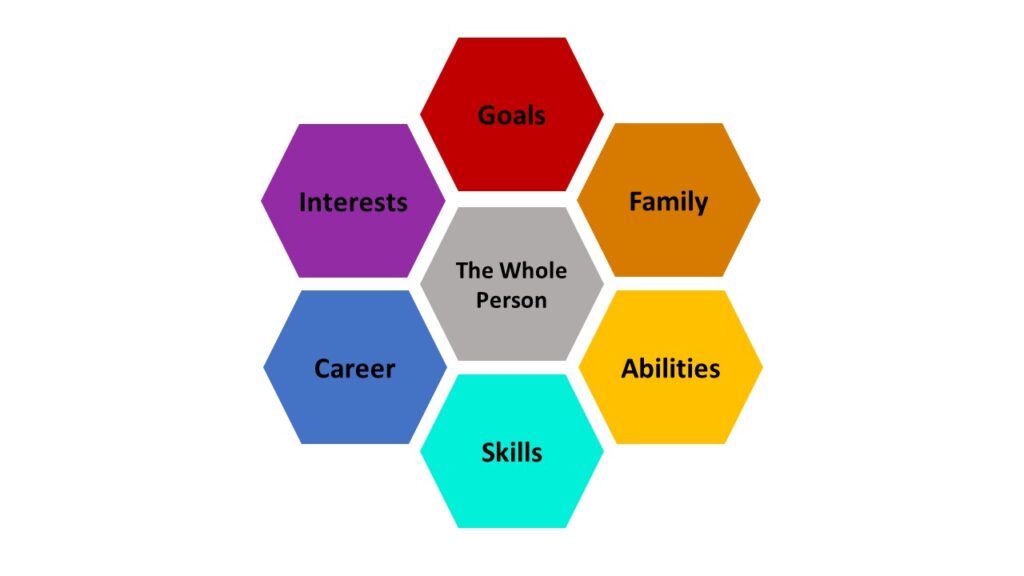Whole Person Planning
Person-centered planning takes into consideration the whole person. The person in need of services is seen and understood by those who deliver the service. This results in an internal consistency in the ways that person is served.
Service Plan versus Contract
Person-centered is different from more traditional approaches to service delivery. In more traditional methods the service team makes the decision FOR the person and not WITH them.
In Guardianship, we do not use the term “contract” when working with our clients. We don’t use the term “contract.” We use the term care or service plan.
The shift is that the client will be involved in the plan. A service plan:
- Is a non-authoritative approach and does not involve professional superiority over an individual receiving services.
- Allows an individual to take a lead role in discussions and decisions made regarding their care, services, personal goals, etc.
- Requires compassionate facilitation and critical listening skills without judgment of an individual’s personal experience, circumstances, thoughts, and feelings.
- Supports and guides an individual in a way that empowers their voice, motivates self-confidence, and a stronger sense of identity.
- Is individualized and flexible and takes into account that everyone has a unique level of ability and that people are more than their diagnosis.
- Frames care and services thru the eyes and voice of the recipient of services.
Image source: http://daybreakis.org/person-centered-planning

